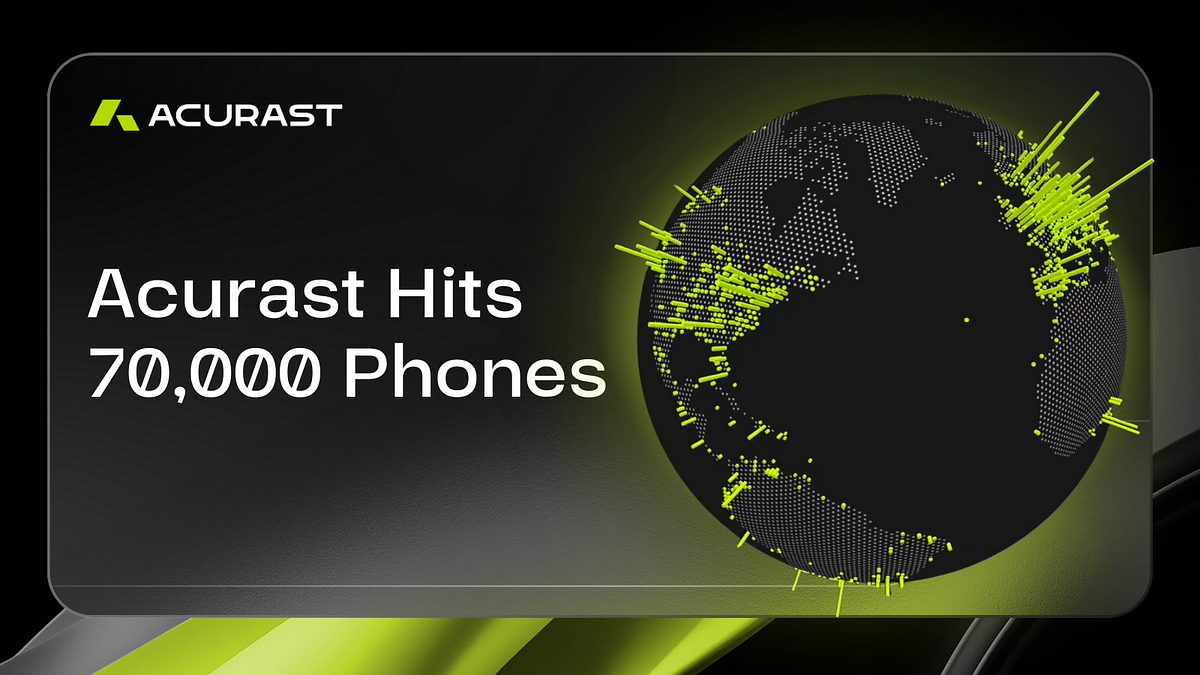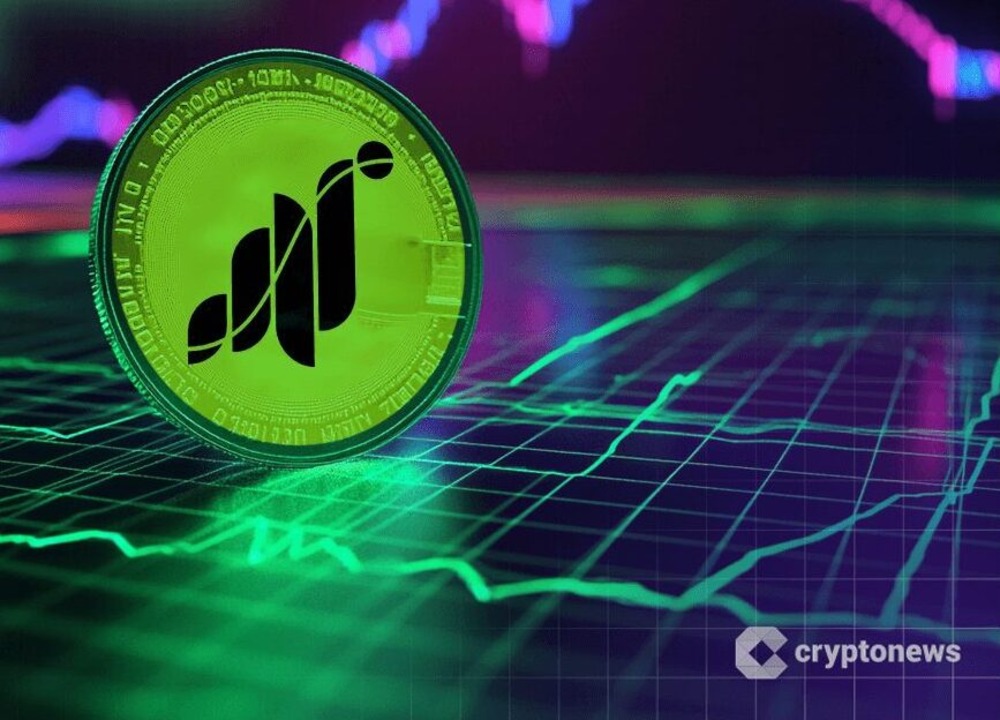Phantom Wallet Faces Downtime Amid GRASS Token Airdrop Surge
On October 28, the Phantom wallet provider experienced significant downtime lasting nearly three hours, coinciding with a surge in demand for the GRASS token airdrop. Users reported issues such as missing balances and transaction failures on social media platforms. The downtime began at 1:36 PM UTC and was resolved by 4:20 PM UTC, marking the second service interruption for Phantom within the month. Earlier in October, a brief 8-minute outage was recorded on the 3rd. In response to the incident, Phantom’s team assured users that they would actively monitor the situation and implement measures to prevent future occurrences.
The GRASS tokens are part of a decentralized physical infrastructure network known as Grass, which operates on the Solana blockchain. This network incentivizes users by rewarding them for lending unused internet bandwidth, which is then utilized to enhance artificial intelligence models. The first airdrop of GRASS tokens will distribute 100 million tokens, accounting for 10% of the total supply. Following the airdrop’s launch, the price of GRASS experienced volatility, initially dropping by 28% to $0.65 before recovering slightly to $0.71 at the time of reporting.
Despite the issues faced by Phantom, the Solana network itself remained fully operational throughout the downtime. Data from Solana Status indicated that the network maintained total uptime over the past 90 days. The timing of Phantom’s service disruption, just minutes after the GRASS token claim went live, has led to speculation about a correlation between the two events, as users rushed to claim their rewards. This incident highlights the challenges faced by wallet providers during high-demand events in the cryptocurrency space.
Related News





